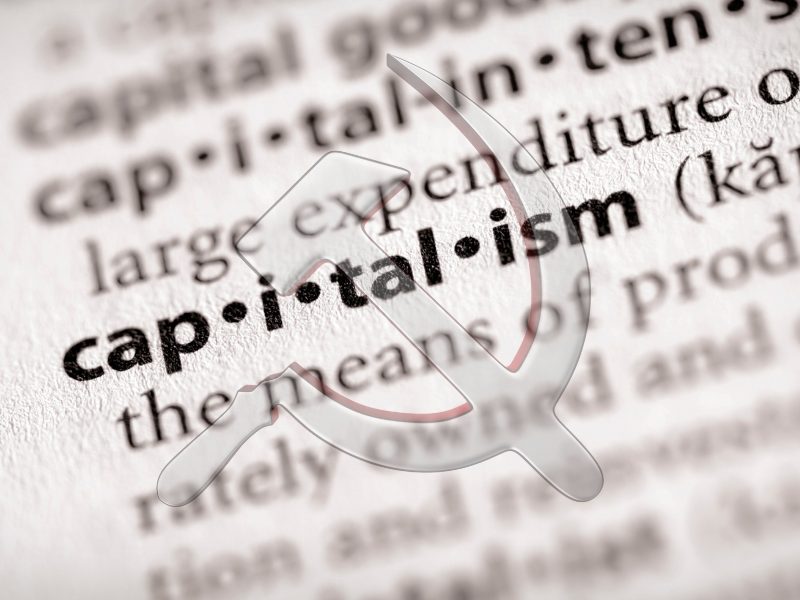Solidifying America’s role as a global energy superpower, U.S. crude oil and natural gas production set new records in March, data released by the U.S. Energy Information Administration (EIA) show.
EIA reported U.S. crude oil production rose by 225,000 barrels per day (bpd) to 10.47 million bpd in March, a new record. Texas remained the nation’s top oil producer, pumping out 4.2 million bpd, also a new record. North Dakota retained its position as the nation’s second largest oil producer, with an output of 1.2 million bpd from the Bakken shale formation.
U.S. crude oil production topped 10 million bpd in late 2017 for the first time since the 1970s, overtaking Saudi Arabia’s production. Russia clung to its position as the world’s leading oil producer at slightly under 11 million bpd.
The United States exported $19.9 billion of oil and other fuels in June, a record amount, according to the U.S. Department of Commerce. The energy exports helped narrow the nation’s trade deficit, the department reported.
Natural Gas Production Also Rising
Natural gas production in the lower 48 states also rose, to an all-time high of 88.8 billion cubic feet per day (bcfd) in March, breaking the previous record of 87.7 bcfd set in February.
Texas led the nation once again, increasing its output by 1.3 percent to 22.7 bcfd, the most since April 2016. Boosted by the rich Marcellus shale formation, Pennsylvania was the second-largest natural gas producer in the United States, accounting for 16.4 bcfd in March 2018, compared to 14.8 bcfd in March 2017.
‘Apocalyptic Scarcity Forecasts’ Wrong
Those who predicted the United States would soon face domestic oil and gas shortages because production and reserves had allegedly peaked couldn’t have been more mistaken, says Ben Lieberman, a senior fellow at the Competitive Enterprise Institute.
“For decades, the ‘expert consensus’ was that America was running out of oil, but the ‘experts’ could not have been more wrong,” said Lieberman.
“Ten years ago, we were besieged with apocalyptic scarcity forecasts and, as a result, adopted many ill-advised policies like the Renewable Fuel Standard,” said Jordan McGillis, a policy analyst at the Institute for Energy Research. “Entrepreneurs in the market responded by utilizing technologies in new places and in new ways, not only to avert an energy disaster but to bring about an energy renaissance.
“The important lesson to take from this unprecedented production is never to underestimate the creativity of human beings who are left free to seek a profit,” said McGillis.
Bonner R. Cohen, Ph.D. ([email protected]) is a senior fellow at the National Center for Public Policy Research.



